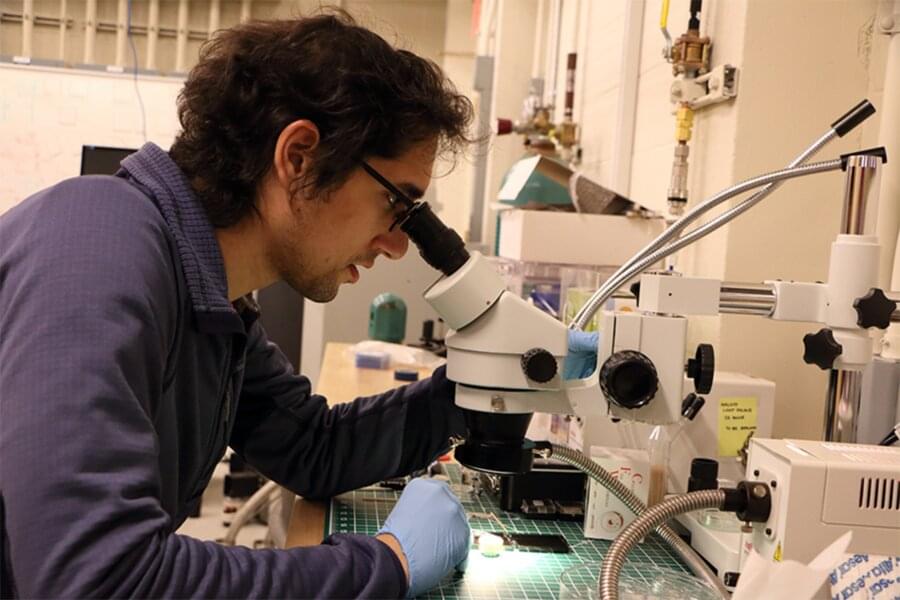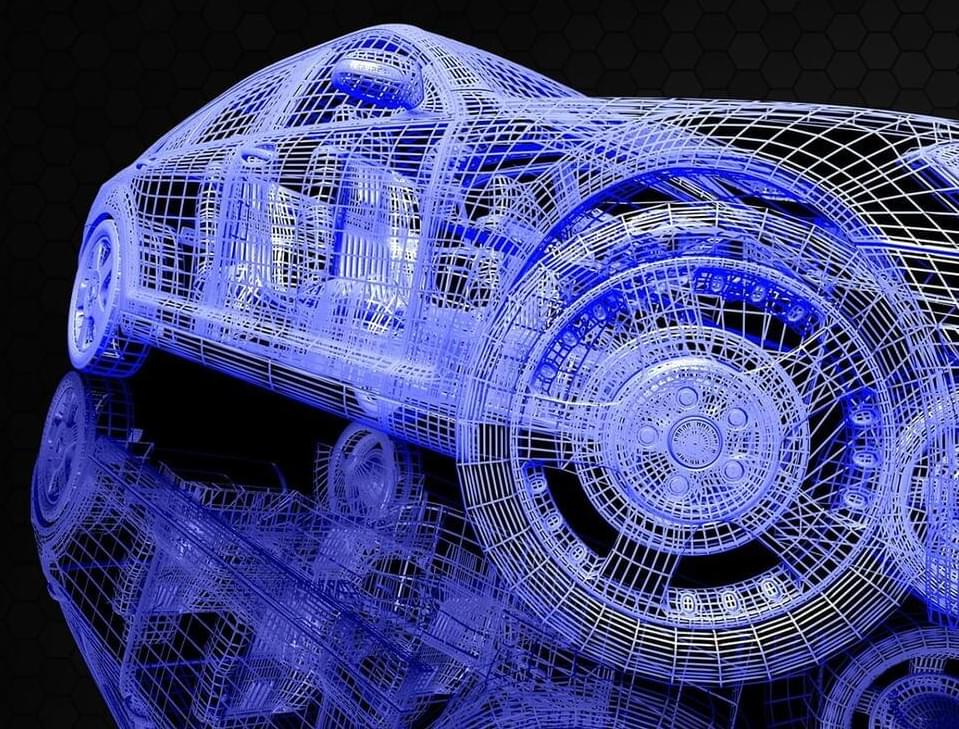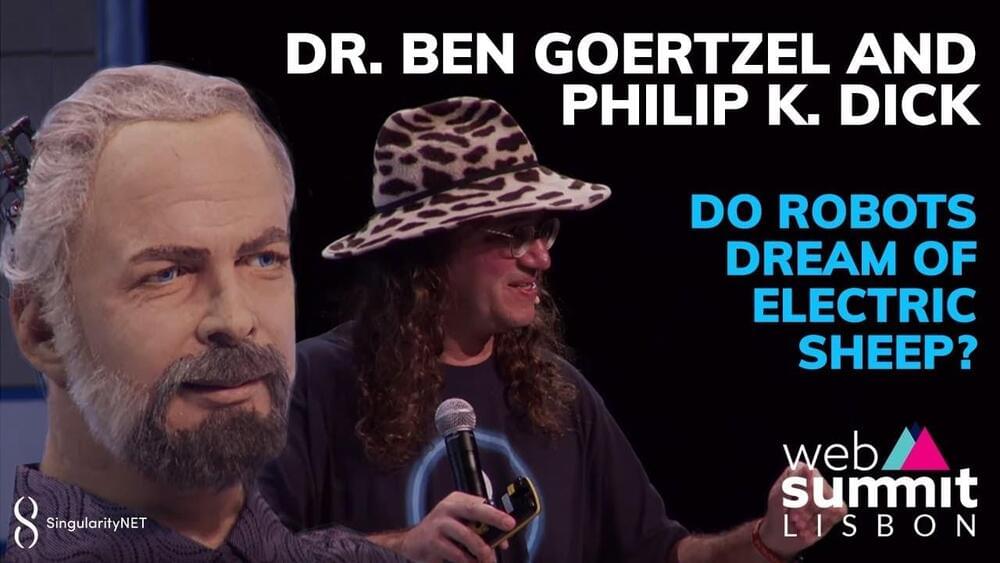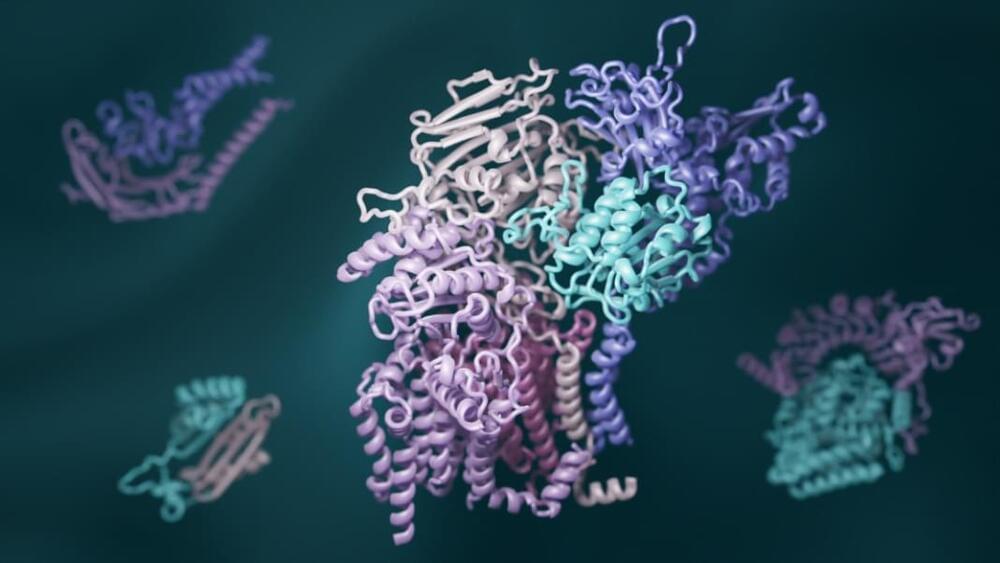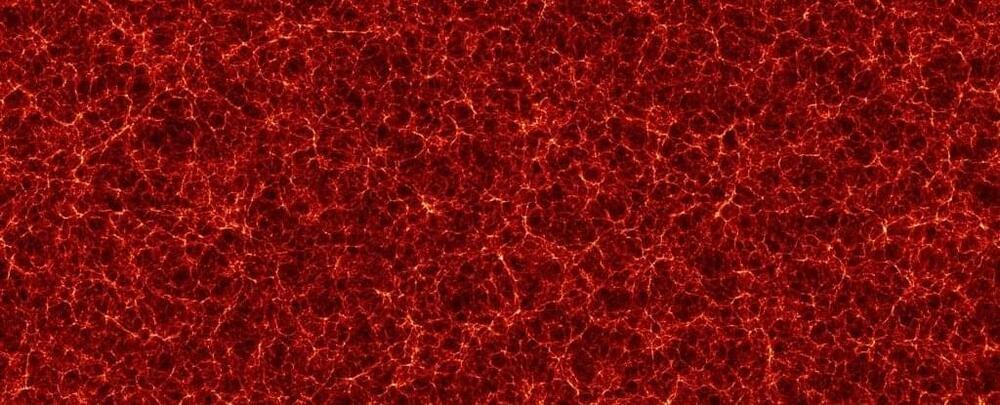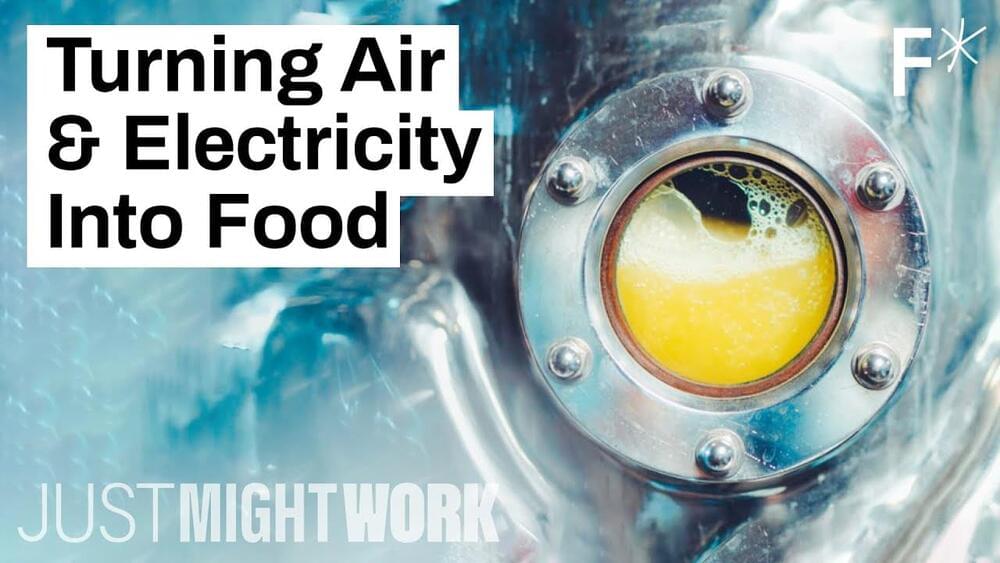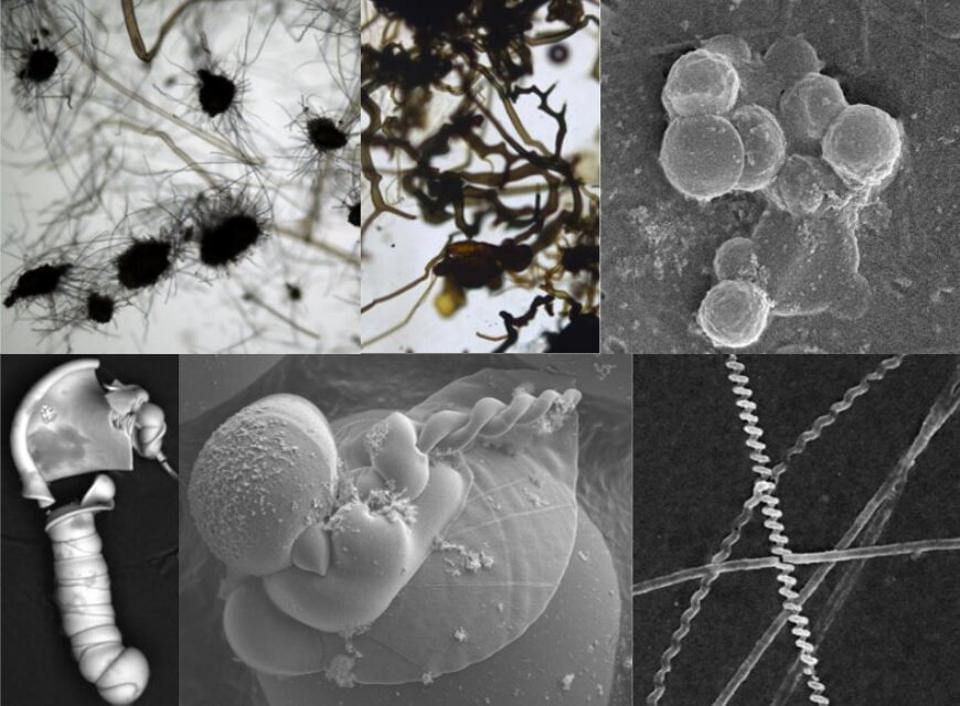Nov 17, 2021
Elon Musk wants to kill iPhone
Posted by Kelvin Dafiaghor in categories: cryptocurrencies, Elon Musk, mobile phones, space, sustainability
Rumors that Tesla is indeed making a smartphone were bolstered after the world-famous design studio ADR released concept images (in a video). This made people wonder: Is Tesla going to go after the iPhone — or simply create an entirely new market segment, such as a true-to-form satellite phone that works where traditional WiFi or 5G services are absent, and able to mine cryptocurrencies anywhere, including on the planet Mars?While speculations abound, there are numerous unanswered questions, such as: how much would it retail for? Does it have a sim card? What’s the monthly charge for using Starlink? Can I buy one, without first buying a Tesla EV? Its release date is a closely-guarded secret. A Starlink antenna is being taken out of the box. Tech publications have leaked images of the new device supposedly out of the EV maker, including some details of what it can do.


